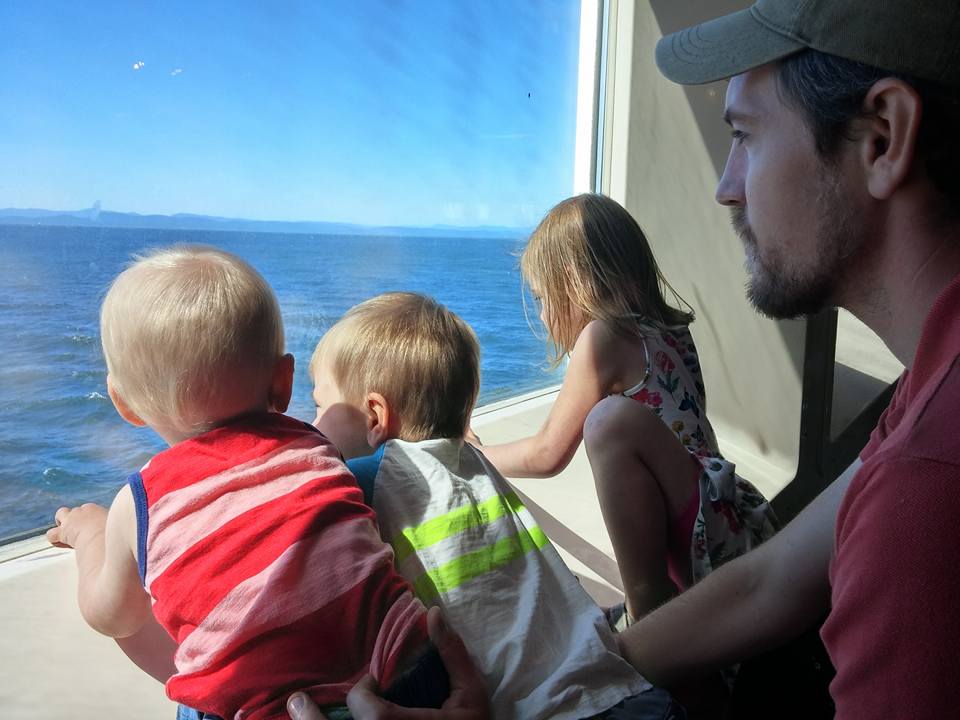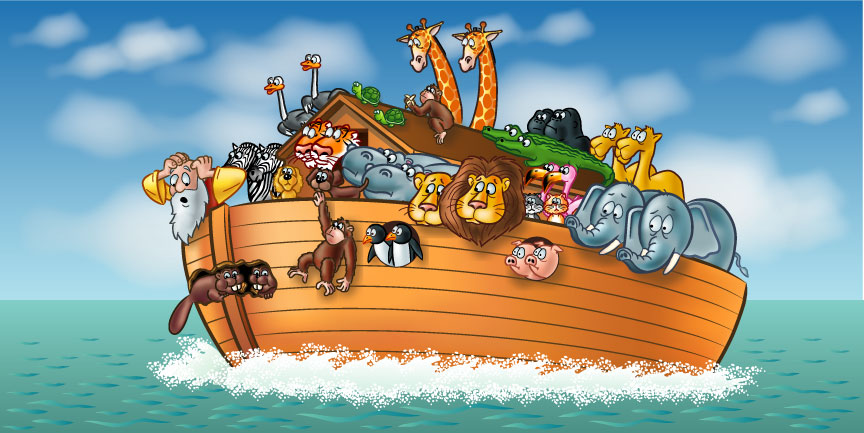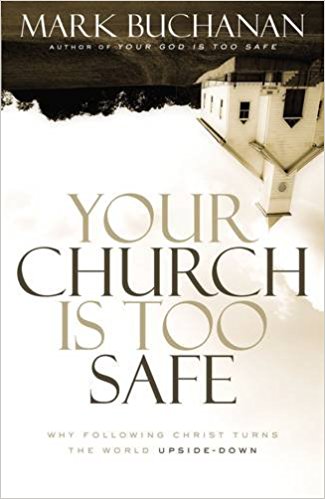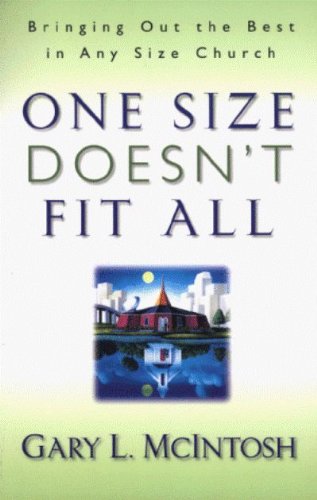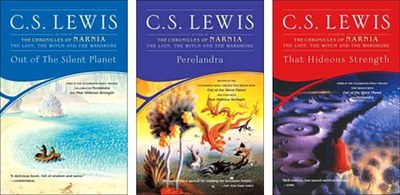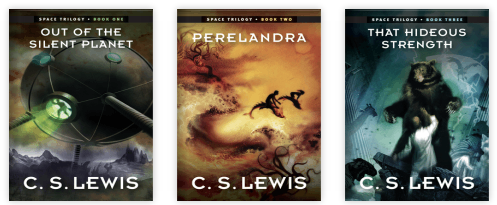C.S. Lewis has written many books on many subjects, in many genres. Often, people find his non-fiction writing to be too complex to navigate, or its context too distant to understand. His examples from his contemporary world don’t always relate to today’s reader, and so they require a sort of translation. Many great writers have undertaken this task – of studying and interpreting Lewis’ works, and applying them to the issues of today. In many cases, this proves worthwhile, as Lewis’s writings are often quite applicable to issues that arise in postmodernity.
But, even for those who have not read Lewis or looked into his ideas with any great depth, the name Lewis carries an authority, perhaps unlike any other writer in contemporary Christianity. If one can attach a Lewis quote to any claim, it provides instant validation. Lewis is one of those few people who, after finding success in his given academic field (literature), became an authority in almost any other field – at least in the eyes of his followers. Something similar could be said of Einstein (just look up what the famous physicist says about marriage, philosophy, etc.).
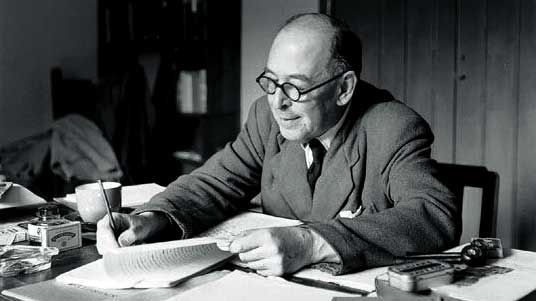
I grew up having the Chronicles of Narnia read to me and my siblings every summer vacation. Their overall narrative allegorised the great meta-narrative of which we are all part; the plot and characters accomplished something similar to what the Bible’s narrative can do. As a young adult, I worked through Mere Christianity, finding well-reasoned treatments of classic philosophical problems – especially concerning the existence of God. Since then, I’ve tried to chip away, little by little, at his other writings. I’m glad to say that, finally, I’ve finished The Four Loves.
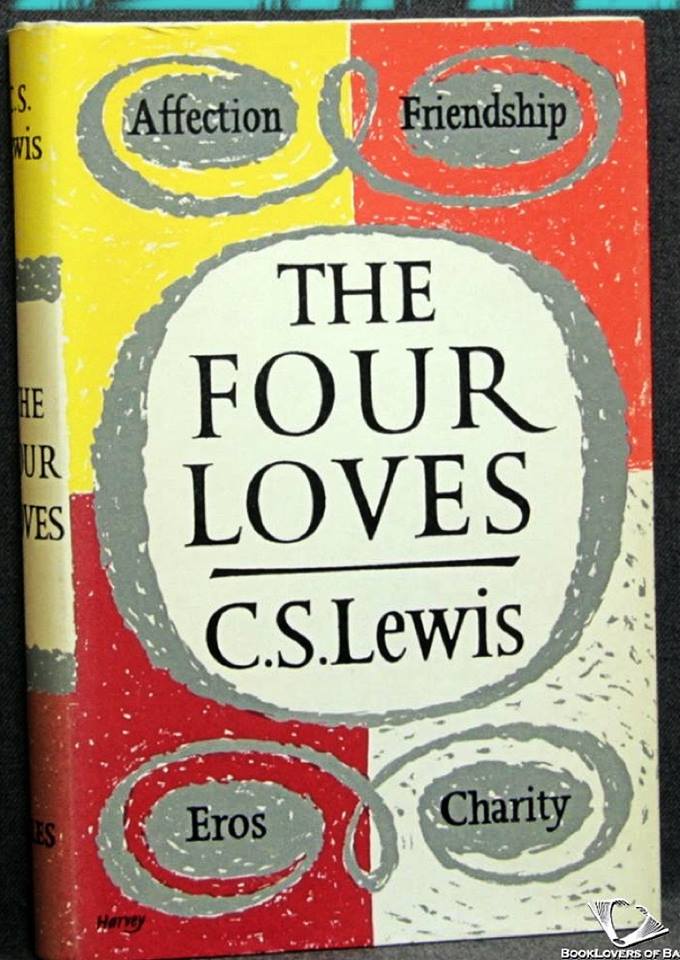
Rather than formally reviewing it, and rather than picking out juicy quotes to share, I’d like to share what I got from it: a framework for understanding love. Lewis did not provide a chart, like I have below; he followed his typical essay-format, progressively working through the topics in sequence. Yet, as I worked through it, my systematic mind began noticing relationships between the Four Loves – how they were similar or different in various ways. Below, I’ve attempted to express a few findings that have proved helpful for me:
|
Survival, Need
Involuntary Feeling
Possessive |
Civilisation, Enrichment
Voluntary Decision
Disinterested
|
Indiscriminate
Not Exclusive
Giving
Unmerited
Unconditional |
“Affection” = Storge
-“Need Love”
– Natural sentiment, loyalty, familiarity
– Family care
“Care for” |
“Charity” = Agape
-“Gift-Love”
– Giving without self-interest; sacrificial without self-protection
– Divine source
“Love” |
Discriminate
Exclusive
Pleasure
Merited
Conditional |
“Eros” = Eros
– Desire to possess
– Romantic attraction
“Want” |
“Friendship” = Philos
– Approval, appreciation
– Culture, camaraderie
“Like” |
To me, the advantage of a chart like this is that it doesn’t rank them; like many personality tests, it simply expresses them as a combination of binary choices. The Myers-Briggs test offers four binary choices, resulting in sixteen possible personality types; similarly, Lewis presents us with four possible Love-types, and I have attempted to identify the two binary choices.
Lewis begins with a discussion of Affection, coming from the Greek word, Storge. In many ways, he rehabilitates this word, showing how essential it is for the survival and stability of humanity. It refers to a mother’s care for an infant, and any person’s pity for someone in need. Moreover, it can apply to any sentimental feeling, toward something familiar – a place, a taste, an old friend. The difference between this and Friendship is it’s indiscriminate, involuntary nature; while friendship comes from approval, affection reflects a deeper loyalty. For me, I can think of a few friends who have become like brothers – through our common experience, especially in my younger years, they have become like brothers to me; because of our common past, there is a sense of loyalty. Though I may find others with whom I have more in common, or even for whom I have more respect, no one can share my past. What about for you – what happens when you meet someone new, who has had a similar past, or who is from the same hometown? Perhaps that feeling, that sense of brotherhood, is Storge.
Lewis proceeds to describe Friendship, coming from the Greek word, Philos. Unlike Affection, it is discriminate, or selective. It occurs where there is commonality – of opinions, values, and preferences. A bond forms when people, who have identified themselves with certain interests and characteristics, find the same in each other. Yet, also unlike Affection, it is not needy. Lewis warns of how familial affection can become a “need-love,” when the lover desires to continue being needed. In contrast, Friendship respects the individuality of the other, appreciating and reinforcing his or her unique qualities that make him or her worthy of appreciation. I can think of classmates, teammates, roommates, and co-workers who have stood out from the pack because of their unique qualities. A mutual appreciation formed, where we did not try to change or control the other. Yet, Friendship can also move beyond this to become needy – to become Eros…
Eros, a Greek word referring to romantic, possessive desire, is fairly straightforward. Like Friendship, it is conditional, and discriminate. But, beyond appreciation, Eros involves attraction; like Affection, it is needy and possessive. Family affection can involve an unconditional, but possessive care. Friendship involves appreciation from a healthy distance. Eros combines elements of both – a conditional attraction with a desire to possess. Obviously, this can sound rather negative; indeed, conditional and possessive love can become ugly. But, in light of its similarity to the other loves, Eros can have a positive outcome. Essentially, it involves a desire to move someone from “friend” to “family.” In my own life, I’m glad to have Eros in this assigned place.
Charity, (based on the Greek word, Agape) similarly, combines elements of Affection and Friendship – only they might be considered to be the positive ones. Like Affection, Charity is indiscriminate. The objects of Affection and Charity are not selected – and so the love must be unconditional. Yet, rather than being based on the un-chosen factors of family and background, Charity is based on the un-chosen, un-merited love of God. Charity is given to us by our Creator, because we are His creation. This is often referred to as “common grace;” God shines the sun and drops the rain on everyone (Matthew 5:44-45). Charity is also shown preeminently in the Son of God, Jesus Christ, Who died for the sins of humanity (1 John 2:2), so that we can be forgiven, and reconciled with God. It is from receiving this love that we can love (1 John 4:19). While sharing the non-selective nature of Affection, Charity also shares the disinterested nature of Friendship. It is not needy, but enriching to the other. While Eros and Affection desire to possess and be needed, Charity gives unconditionally. Rather than arising from a felt need, Charity, like Friendship, is a voluntary decision. Yet, unlike Friendship, Charity is not exclusive; Charity gives to all, equally.

Charity, of course, is impossible – humanly speaking. I just performed a wedding where the couple chose 1 Corinthians 13:4-7 as their theme verses. It gives a perfect, beautiful picture of what Charity/agape is. Yet, as we read this inspiring vision of the perfect love of God, we are also made aware of how much we fall short of it. These verses serve as a double-edged sword, serving as both an inspiring ideal and a condemning comparison.
I actually once heard someone tell another person to insert their name in place of the word “love” in 1 Corinthians 13, and to use it as instructions for life. Imagine reading that – while at first it may sound flattering or inspiring, deep down you’ll know it’s a lie. At the wedding I recently officiated, I didn’t want to just leave the poor newlyweds with a set of instructions. I wanted to assure them that there is good news. Look what the apostle John, “whom Jesus loved,” says about love:
7 Dear friends, let us love one another, for love comes from God. Everyone who loves has been born of God and knows God. 8 Whoever does not love does not know God, because God is love. 9 This is how God showed his love among us: He sent his one and only Son into the world that we might live through him. 10 This is love: not that we loved God, but that he loved us and sent his Son as an atoning sacrifice for our sins.11 Dear friends, since God so loved us, we also ought to love one another. (1 John 4:7-11)
In light of John’s words, how should we treat 1 Corinthians 13?
Try inserting “God” in place of the word “love.” God is love. Therefore, God is patient, God is kind…etc.
How does that change things?
We are made for love. Loving God and our neighbor sums up all of God’s commandments, and Jesus’s special commandment to His followers is to “love one another.” Pretty simple. Yet, we are completely unable to do this, until we begin receiving His love. We are not only made to love, but to be loved by God. Only God satisfies the need that we feel, and once we find it in Him, we find ourselves loving others!
Augustine famously said in his Confessions,
“You have made us for Yourself, and our hearts are restless, until they can find rest in You.”
Similarly, Jesus said,
“I am the bread of life. Whoever comes to me will never go hungry, and whoever believes in me will never be thirsty. (John 6:35)
If we are ever to love in the best way, we’d better get good at being loved. We’d better get used to the fact that Christianity is not about what we can do, but what God has done, is doing, and will do for us and through us. Jesus said that you cannot enter His kingdom unless you humble yourself like a child. And this is how you become His child:
Yet to all who did receive him, to those who believed in his name, he gave the right to become children of God (John 1:12).
Believe in Who Jesus is, receive His love, and it will transform you.
It will reverse the order of everything in your life, when you find that His love is actually the source of everything else you need to do.
It will re-orient your thinking, and make you a new person – a child of God, growing up to resemble your Father!
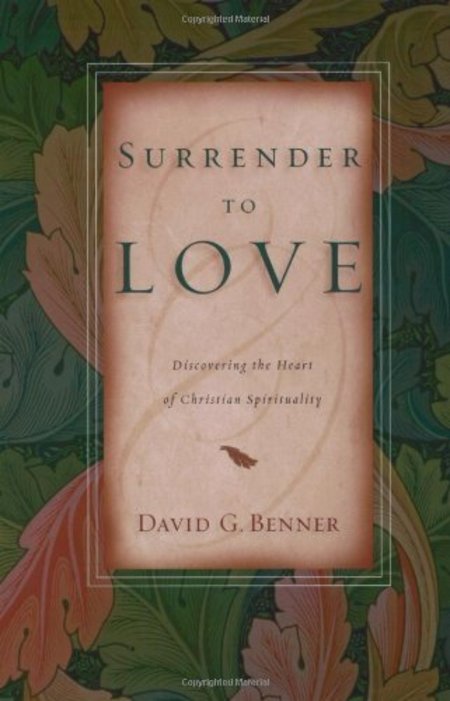 the Heart of Christian Spirituality
the Heart of Christian Spirituality
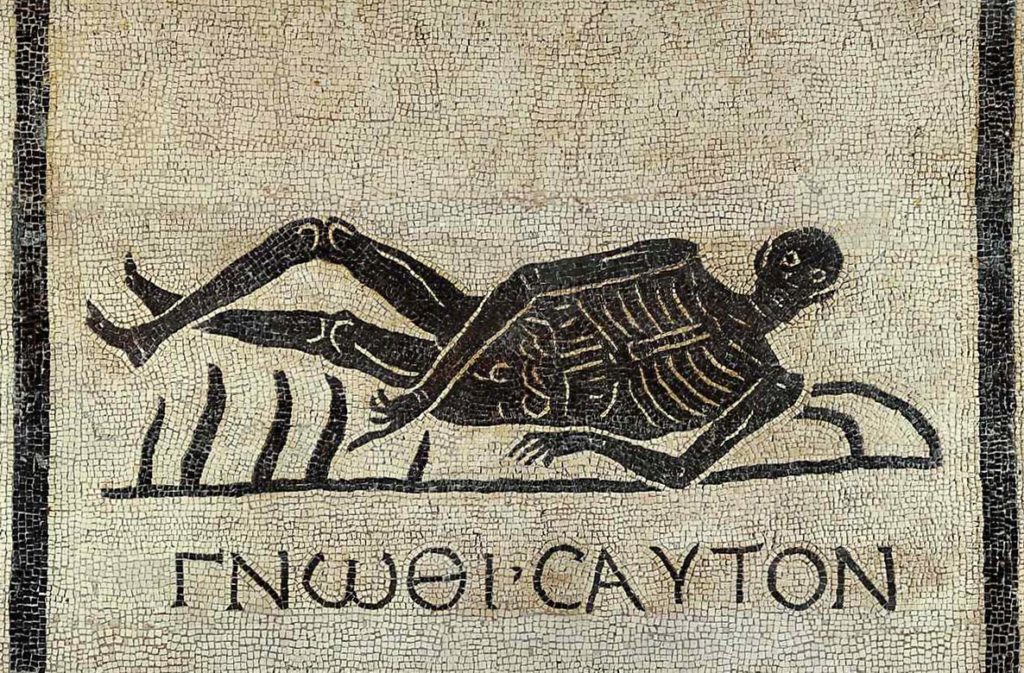
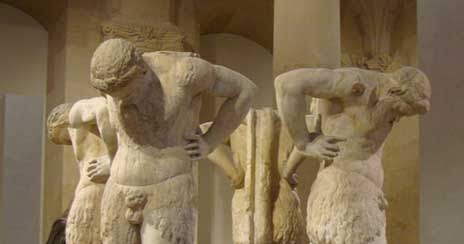 not foreign to Biblical and later Christian writers. For example, King David’s words in Psalm 139:23-24 are still repeated by Christians today, as part of what is called the Prayer of Examen:
not foreign to Biblical and later Christian writers. For example, King David’s words in Psalm 139:23-24 are still repeated by Christians today, as part of what is called the Prayer of Examen: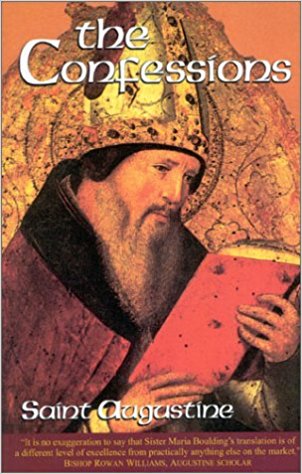
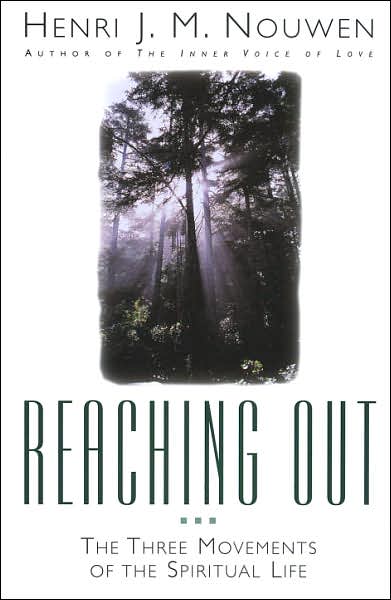
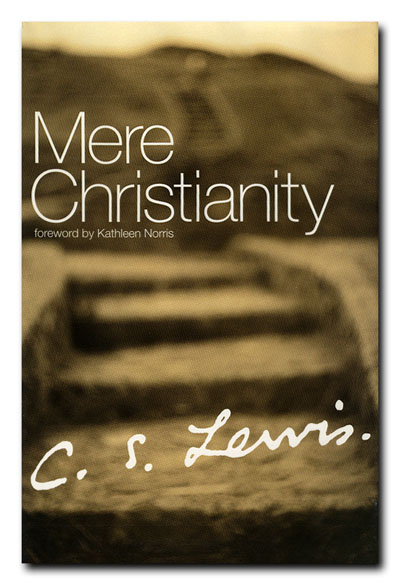
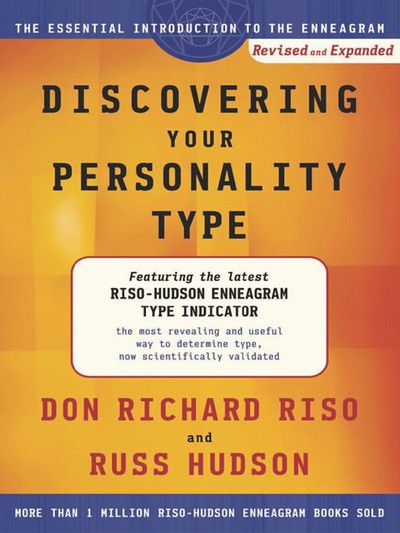
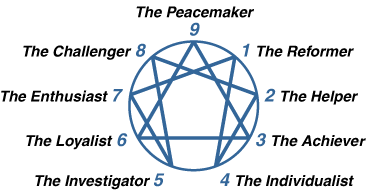 Underlying the mechanics of the enneagram is a belief that everyone has a basic type. While nurturing factors can affect the way that we develop, relate, and act outwardly, there is an assumption that, deep down, we all have an inborn nature that affects the way we experience life. As far as this paradigm is concerned, our “type” is irrespective of gender, ethnicity, or season of life. Rather, those external factors may affect other aspects of the enneagram. No type is better than another; rather, each type has its own corresponding vices, fears, and levels of health.
Underlying the mechanics of the enneagram is a belief that everyone has a basic type. While nurturing factors can affect the way that we develop, relate, and act outwardly, there is an assumption that, deep down, we all have an inborn nature that affects the way we experience life. As far as this paradigm is concerned, our “type” is irrespective of gender, ethnicity, or season of life. Rather, those external factors may affect other aspects of the enneagram. No type is better than another; rather, each type has its own corresponding vices, fears, and levels of health.
 within each triad are three sub-sections: one assertive, one dutiful, and one withdrawn. The result is that each person has two characteristics, assigning them one of nine basic types. There are additional levels that psychologists have added, further dividing each type again.
within each triad are three sub-sections: one assertive, one dutiful, and one withdrawn. The result is that each person has two characteristics, assigning them one of nine basic types. There are additional levels that psychologists have added, further dividing each type again. Thus, the enneagram accounts for the diversity we experience, and provides an explanation for human development and regression when experiencing consolation and desolation.
Thus, the enneagram accounts for the diversity we experience, and provides an explanation for human development and regression when experiencing consolation and desolation.